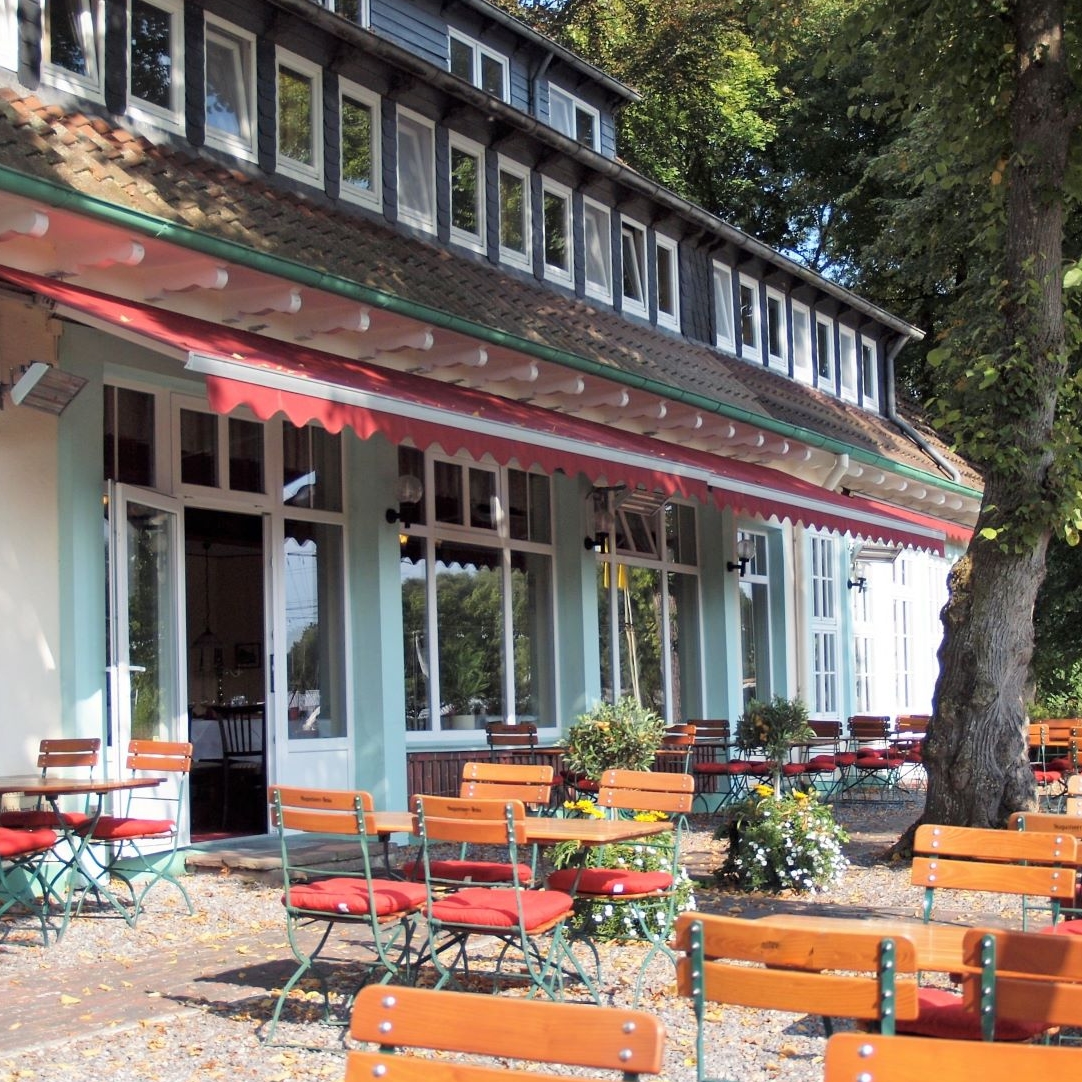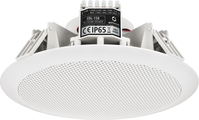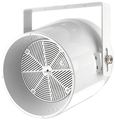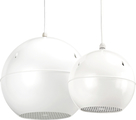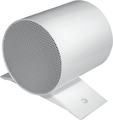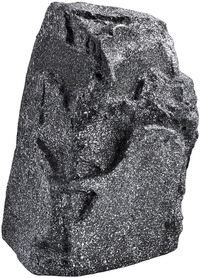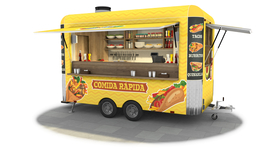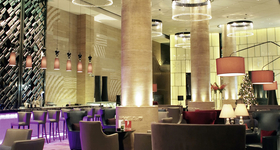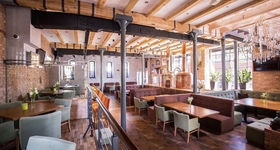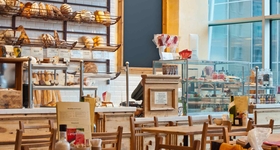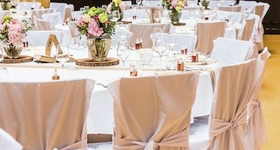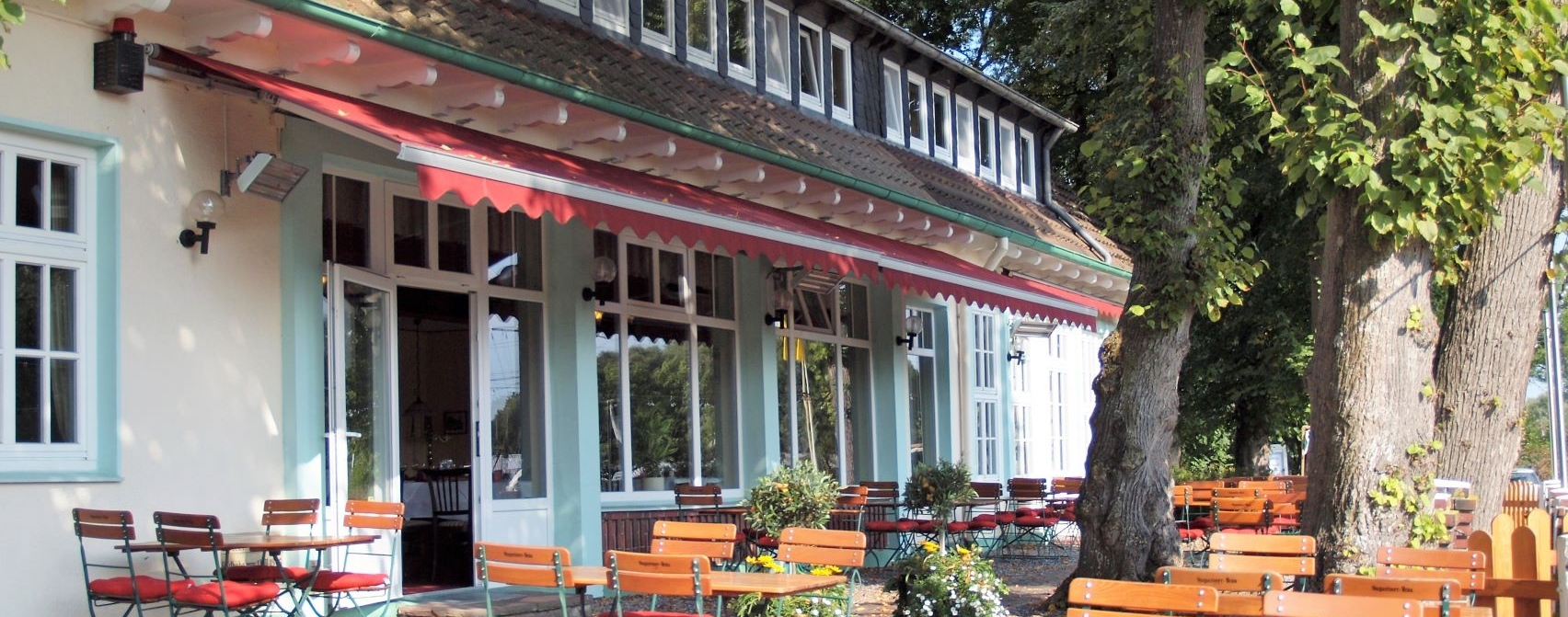
Outdoor speakers: this is how to achieve a good sound for outdoor restaurants
From beer gardens to ice cream parlours: this is what you should consider when planning outdoor speakers
Birds are singing, glasses are clinking, people are relaxing in the sun or talking quietly. Well, more or less quietly. And then glasses and cutlery crash against each other. Wait, have you just accidentally overheard the conversation from the table? Seems tactless, actually. What happened here? The answer: if you have no background music in a (an outdoor) restaurant, there would be an awkward silence and it would be kind of noisy at the same time. Well-selected and high-quality background music not only prevents this, it has also got a positive influence on the guests' consumption and evaluation. However, there are a few things to consider when installing speakers in outdoor areas. Here, you can find out exactly what to consider.
Passive speakers are a good choice for outdoor applications
A general rule for outdoor applications: it is better to set up more speakers and then choose a lower volume level. This is the only way to create a relatively even sound field in the open space. Thus, passive speakers are often particularly suitable simply because they feature a good price-performance ratio. They must, however, be connected to a PA amplifier and should therefore be planned differently. Either you control all speakers together from a central amplifier or you will need an amplifier which is able to divide the speakers into groups and different zones. One advantage of these outdoor speakers is that they are passive: speakers such as the ESP-232/WS do not need to have their own integrated amplifier. Thus, they have more space for high-quality technology and a better sound, too. Last but not least, size does also matter when it comes to speakers. In this case, 2-way speakers are particularly suitable if they cover an even frequency response. This can be achieved, for example, by using a mixture of 13 cm polypropylene bass-midrange speakers and dome tweeters. This allows for a nice rich bass and clear trebles which can still be heard, even when it is breezy outdoors.
Outdoors requires more sound pressure
Outdoor PA applications with passive speakers are a little more difficult to plan: there are no walls as spatial boundaries, the noise from wind and background sounds also play a role, it could rain. You should consider this (yourself or as a service provider for subsequent users) when choosing the speakers and the amplifier. An enclosed space of 80 m2 tends to require less power than an open beer garden of 80 m2. The reason for this is that the sound outside is not captured (as strongly) by walls/partitions or pergolas, it is scattered in all directions instead.
For outdoor applications, it is (even more) essential to have well-positioned speakers with an excellent directivity
In order to counteract this, choose speakers with a particularly focussed directivity, such as weatherproof column speakers. For outdoor areas, pay particular attention to the radiation angle of your speakers. Thus, you will prevent the sound energy from being directed towards the trees, the hedge or the sky. Densely leafy trees or high bushes are factors which should not be underestimated. They absorb massive amounts of sound.
This may be important if the beer garden has got two different areas or if your neighbours are a little sensitive. Evergreen shrubs and deciduous trees are ideally suited for this. They should be as thick-leaved as possible. As a counter example, conifers are less suitable. Choose trees and shrubs with dense branches which reach down to the ground, such as holly or juniper. All in all, you should be aware that a thick wall is the best screen. However, it does not look very good. A compromise could be to use both wherever possible, i.e. plants along the wall. If plants are not sufficiently reducing the noise, running water may help. This could be a garden fountain, for example. Usually, we find running water in outdoor restaurants rather calming anyway. It is a win-win situation. However, it has also got an acoustic effect: it covers unpleasant noise from the street or neighbouring property.
A particularly elegant solution: outdoor speakers in stone look with omnidirectional radiation
You can easily place them in the centre of the PA application. One example of an omnidirectional speaker is the GLS-301/GR. It also features a stone look and can be placed in a raised bed in the middle of the beer garden, for example. You would not have to hang anything up, drill, screw or align. Instead, you only have to ensure trip-proof and safe cabling to the amplifier.
You can easily place them in the centre of the PA application. One example of an omnidirectional speaker is the GLS-301/GR. It also features a stone look and can be placed in a raised bed in the middle of the beer garden, for example. You would not have to hang anything up, drill, screw or align. Instead, you only have to ensure trip-proof and safe cabling to the amplifier.
More useful tips on PA technology:
How many outdoor speakers and how much power do you need?
It is difficult to give a general recommendation or standard design because every outdoor area is different. Outdoor venues feature walls, fences, moving people, trees, leaves and architectural characteristics which are different from a spacious lawn in the backyard. The first consideration should be: how large is the area to be used for the PA application?
For small outdoor restaurants directly on the façade
If you only want to implement a PA application on a small terrace (ice cream parlour), it is often sufficient to mount 2 good speakers at a height of 2 m to 3 m on the side of the building. These should be tilted slightly to radiate towards the centre of the outdoor area. A single speaker is usually not enough. For most small areas in the size of a front yard, it is usually sufficient to have a total output power of 100↔W. We recommend you try out the position of the speakers first, just to find out where they should go and how great the distance between them should be.
For the great outdoor experience
If the outdoor area is more than a small strip in front of the building, e.g. in beer gardens or larger outdoor restaurants, you will need speakers in several places. As a rule, a pair of PA speakers can cover an area of about 20 m2 if a low volume is required, e.g. for background music. This depends, however, on the power capability of the speakers and the background noise at the location.
For small and medium-sized outdoor areas, it is sufficient to use a simple setup with a few 100 V speakers on each side of the listening area.
The advantage of speakers with a higher wattage is not only the potential increase in volume. It is often accompanied by a higher sound quality and coverage at lower volume levels. Just experiment a little, starting with these guidelines:
- For areas of less than 30 m2, a pair of 60 W speakers installed under the eaves at a distance of 6 m will usually provide good coverage.
- For areas of 30 m2 to 50 m2, you should choose 80 W to 100 W speakers.
- To provide 55 m2 to 75 m2 with a crisp and clear sound at low volume levels, you should use 150 W to 175 W speakers.
A solution for exceptional outdoor sound:
With the 100 V line technique, it is particularly easy to calculate the power of the PA amplifier
Add the connected loads of all speakers and that is it. For 6 speakers with 20 W each, you will require a PA amplifier with a power capability of at least 120 W with a little buffer capacity. For that purpose, a mono class D PA mixing amplifier such as the PA-914D is perfectly adequate. Attention: if you require a bit more bass for an event, you will need a subwoofer which also tends to be passive for outdoor use.
The power capability is an important quality feature for outdoor speakers because the sound transmission is not as great out here.
Please bear in mind that you may want to upgrade your speakers at some point. When choosing a PA amplifier, just leave tolerances with regard to power capability and more speaker systems.
Tip: an audio player to facilitate operation
PA amplifiers are ideally placed indoors where they are protected and safe. However, the speakers are outside and it would be great to have a remote control for tuning the speakers. The solution: audio players like the DMP-130MIXBT with Bluetooth receiver, tone control and infrared remote control for the MP3 player.
Positioning outdoor speakers
A bracket for pivoting and tilting is absolutely essential for outdoor speakers. Otherwise, many rules which are important for indoor speakers also apply to outdoor applications:
It is also advisable to outdoor applications not to position speakers in the corners of walls or fences.
Make sure you have got visual contact between speakers and audience. Aim the speakers directly at the desired sweet spot.
Position the subwoofers where it suits you best because without walls, there are no standing wave resonances.
Just remember how trees, bushes or other foliage can affect the sound. Hedges or bushes can also significantly affect the range of the speakers and the sound quality. In this case, also pay attention to the vertical radiation angle and not just the horizontal one.
Best practice for PA applications in restaurants and bars?
How do weatherproof speakers work?
How do weatherproof speakers work? Weatherproof speakers are not significantly different to indoor speakers. The main difference is the type of material used for the internal and external components: indoor speakers feature steel frames and grilles which are not necessarily protected against rust, corrosion and other influences. Weatherproof devices are made of stainless steel, aluminium or brass. Unlike weatherproof speakers, which often use an all-plastic cone, drivers of indoor speakers feature paper cones which are sensitive to moisture. Weatherproof speakers need robust housings or cabinets to protect their sensitive components from weather and dust. Weatherproof speaker housings and cabinets are thus often protected by a polypropylene coating. In general, it is important that weatherproof speakers undergo certain tests before they go into production:
Ultraviolet light tests
Salt spray tests
Temperature tests
Dimensional stability tests
Accelerated life tests, acoustic stress tests
Although housings and cabinets can be sealed to be waterproof, a speaker rated as weatherproof is not necessarily waterproof and should not be immersed in liquids unless it has got the appropriate IPX rating. For example, IPX0 (the 'X' stands for the degree of protection against solid particles) means that the speaker is not protected against water at all (0) and should be kept away from damp environments or outdoor areas.
Source Header graphic: Adobe Stock - Hans Sehringer
IPX protection classes: how resistant are your speakers for outdoor use?
Imagine you’re planning an outdoor event and suddenly a thunderstorm hits. Your speakers? No need to worry if you have the right IPX number. IP stands for Ingress Protection, and the X indicates that protection against the ingress of dust is not specified, while the number behind it specifies the degree of protection against water.
Let’s begin with IPX0 – here, there’s no protection against water. Your speakers would fail in the rain. Not ideal for open-air events.
A little protection is provided with IPX1, a few drops from above won’t harm the speakers. Imagine you’re standing under a very thin tree. Here, we’re speaking of a water incidence of at most 15 degrees.
Things get better from IPX2, where devices are safe, even when the rain falls at an angle, such as during a light shower.
With IPX3, the speakers can withstand spray water at up to 60 degrees from the vertical – think of a sprinkler.
IPX4 means that even splashed water from all sides will not harm the speakers – ideal for those unexpected moments when the wind changes direction.
A real step forward is IPX5, where even a water jet from a garden hose won’t harm the speakers. This is the safety you need when things get a bit wild.
IPX6 goes even further and protects against strong water jets – imagine your speakers standing next to a water fight and remaining unaffected.
IPX7 ensures almost complete protection, allowing immersion in water for a certain period of time. Your speakers could also survive a bath in this case.
And then there’s IPX8, the permanent submersion class. Whether in a pond or a pool, your music keeps playing.
But it gets even better: IPX9 is the highest level of protection; speakers can even withstand strong high-pressure and steam jets. For the most robust events, where your technology has to excel under the toughest conditions.
Choosing the right IPX rating is crucial to the longevity and reliability of your outdoor speakers. No matter whether it’s a light breeze or a stormy night, with the knowledge of these classes, you can always choose the right sound system technology.
Bildquelle Headergraphik: Adobe Stock - Hans Sehringer
